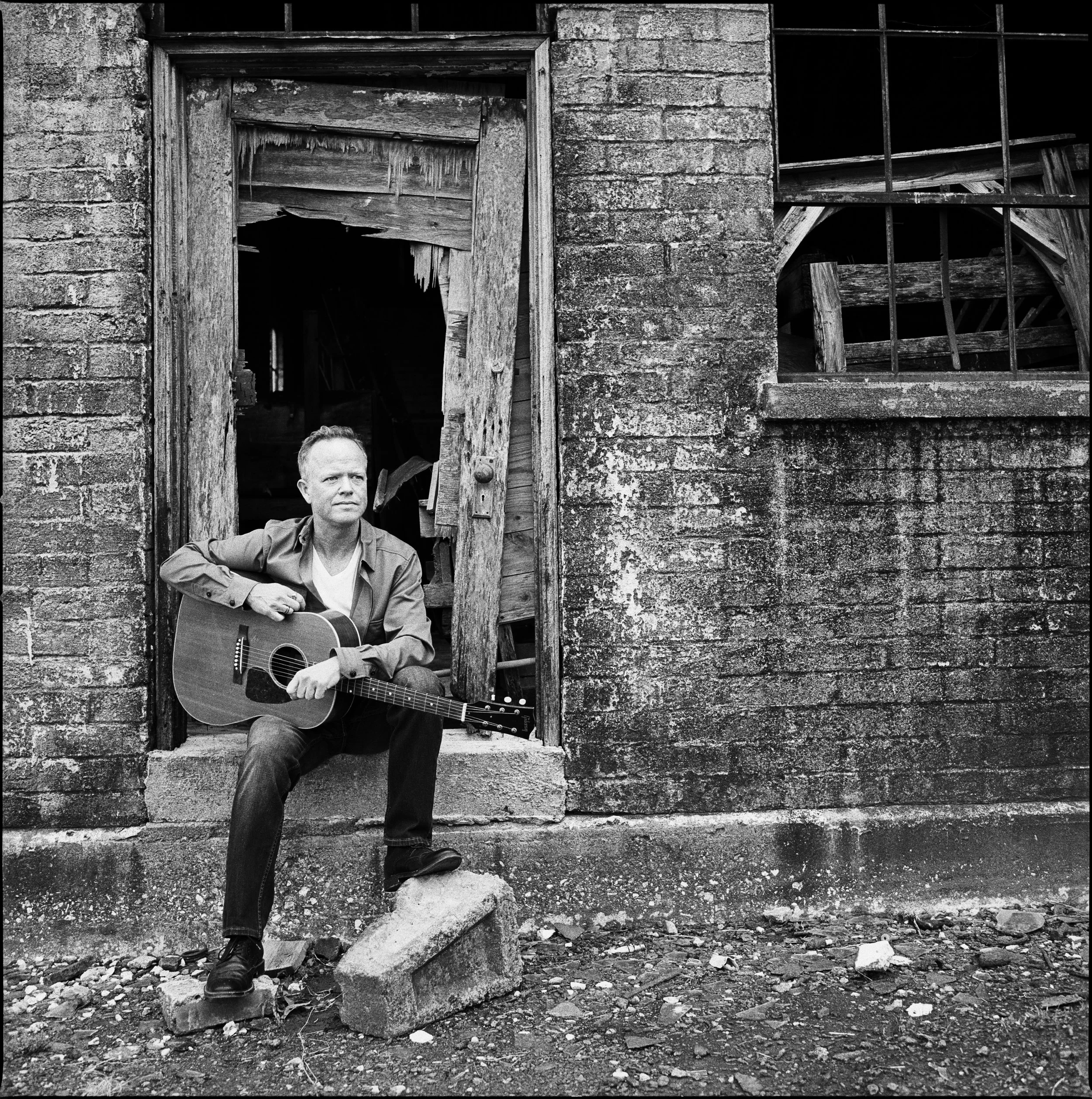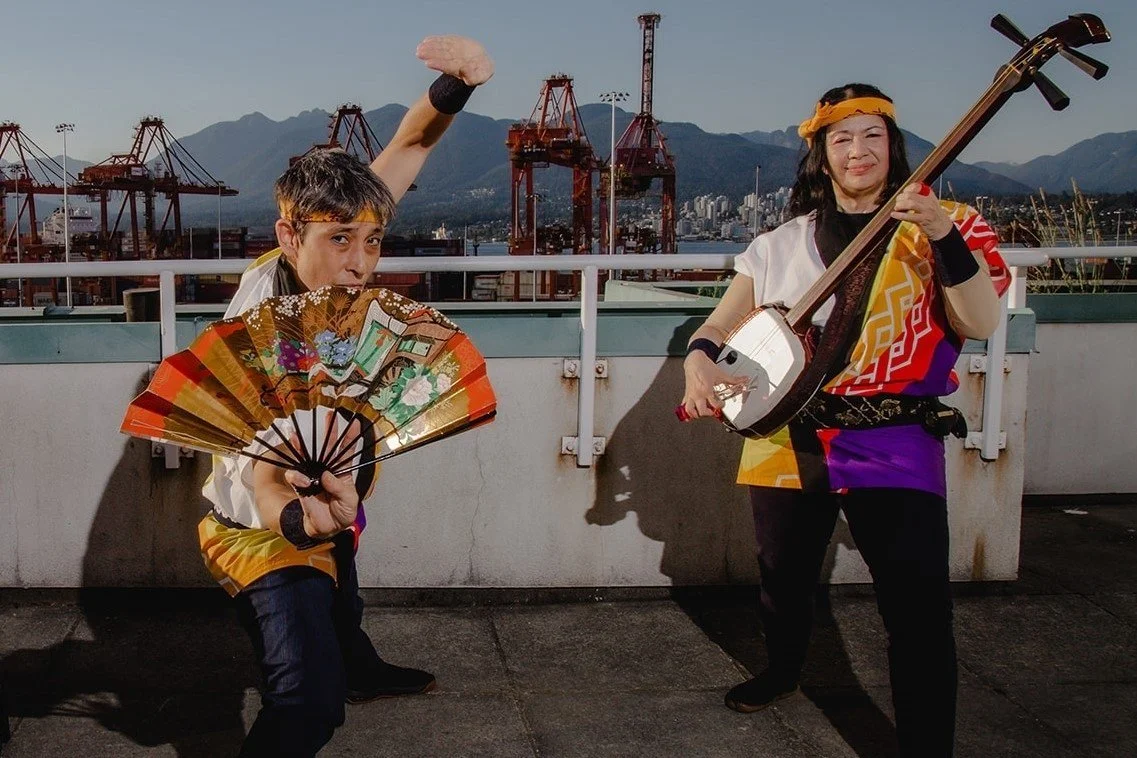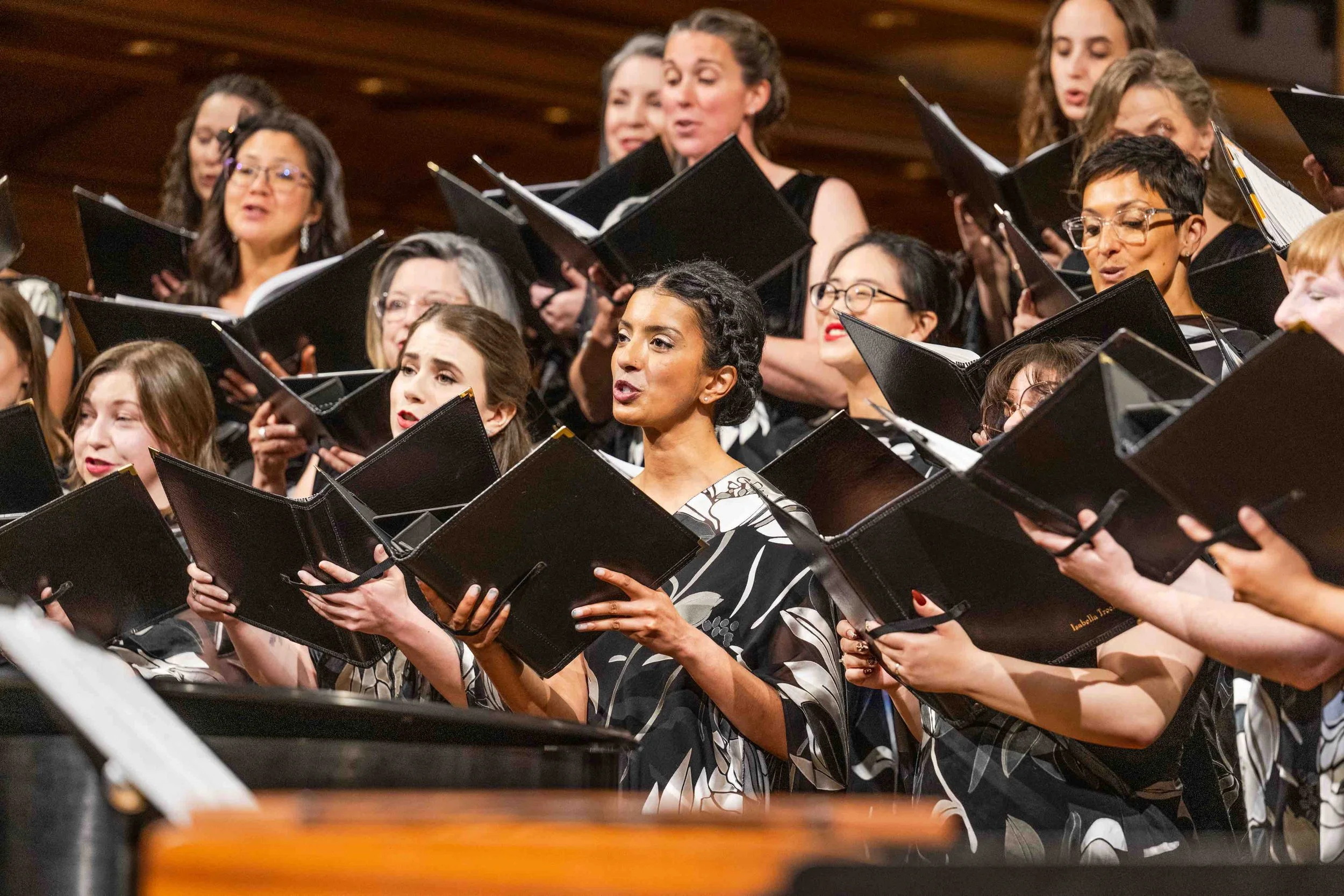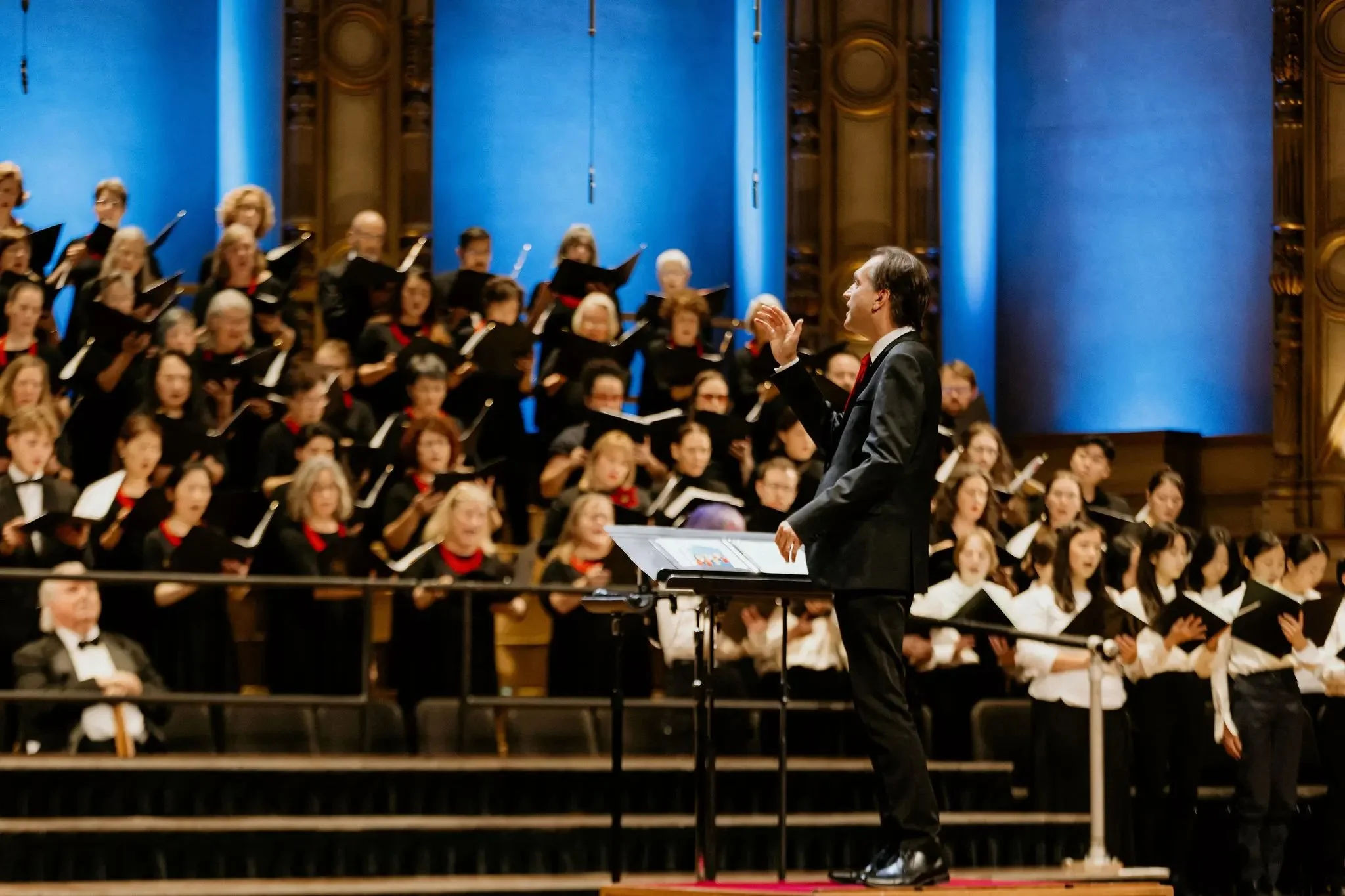Steve Dawson and friends will take a musical trip with Grateful Dead re-imagining
The Nashville-based Vancouverite is teaming up with heavyweight talents for American Beauty shows
Steve Dawson. Photo by Laura E Partain
Kay Meek and the BlueShore at CapU present American Beauty: A Re-Imagining of the Grateful Dead’s Iconic Album at the Grosvenor Theatre (Kay Meek Arts Centre, 1700 Mathers Avenue West Vancouver) on October 21 and 22 at 7:30 pm
LEADING A BAND is one thing when you can get together in the same room with your fellow musicians to hash out arrangements and rehearse the material until you could play it in your sleep. Steve Dawson hasn’t had that luxury in the context of the all-star ensemble he’ll lead for two nights at West Van’s Kay Meek Arts Centre this week.
The guitarist and lap-steel ace was a familiar face on the local music scene for years, whether on his own or as part of a long-running duo with fiddle alchemist Jesse Zubot. These days, though, Dawson lives in Nashville, which is also home to his recording studio, the Henhouse.
When he heads back to the West Coast this week, Dawson will hit the stage at the Grosvenor Theatre in the company of some serious musical heavyweights, including fellow Nashvillian Maya De Vitry; locals Jim Byrnes, Roy Forbes, Rich Hope, Krystle dos Santos, Khari Wendell McClelland (of the Sojourners), and Samantha Parton; American roots singer-percussionist Joachim Cooder; and Ruth Moody from Winnipeg’s Wailin’ Jennys.
“I go through the material with each guest, work out rough arrangements and make charts for the whole house band,” Dawson explains when asked how it all works from a logistical standpoint. “They know what to do—they do their own prep work. Then we get together the day before the first show and run everything. That’s a pretty crazy day, since we have to get through 10 mini rehearsals, but we cram them all in, and then we go for it.”
Grateful Dead, American Beauty.
Dawson and his collaborators will be playing songs by the Grateful Dead, specifically the 1970 LP American Beauty, which includes some of that band’s best-known numbers, including “Friend of the Devil”, “Sugar Magnolia”, and “Truckin’”. This is just the latest in an ongoing series of classic-album “re-imaginings”; previous installments have found Dawson and friends paying tribute to, among others, Joe Cocker's Mad Dogs and Englishmen, the Clash’s London Calling, and Bob Dylan’s Blood on the Tracks.
Grateful Dead lyricist Robert Hunter once said of American Beauty, "We went back into American folk tradition but, being experimenters, nothing would do but that we try to reinvent that." Dawson acknowledges that the LP did indeed turn him on to “a bunch of traditional music and folk music, which I think was the intention.”
Top row, from left: Maya De Vitry (formerly of the Stray Birds), Steve Dawson, Samantha Parton (formerly of the Be Good Tanyas), Joachim Cooder (Ry Cooder Band), Ruth Moody (Wailin Jennys). Bottom row from left: Khari Wendell McClelland (the Sojourners), Krystle dos Santos, Roy Forbes (UHF), Jim Byrnes, and Rich Hope.
As great a record as American Beauty is, however—and it has consistently been included on Rolling Stone’s lists of the greatest albums of all time—it’s also the product of a group that built its reputation not in the studio but on the stage. The Grateful Dead toured constantly for decades until the death of singer-guitarist Jerry Garcia in 1995, and developed a following of fans who would travel from city to city to attend concerts. Dawson was never a Deadhead, but he did get to experience Garcia and company in their natural habitat more than once.
“I saw the Dead a few times,” he recalls, “once in Portland, once in Boston, and it was wildly different both times. The Boston show felt dark and creepy, while the Portland show was a lot of fun. I was also in San Francisco touring with a band from there when Jerry Garcia died, so we actually went to his funeral, which was a huge public event at Golden Gate Park. That was a crazy day.”
In some ways, a Grateful Dead studio recording was a suggestion rather than a blueprint. In concert, the band would often use a song as a springboard for its legendary improvised instrumental soloing. Fittingly, Dawson says he has little interest in attempting to re-create the sound captured at Wally Heider Studios in the summer of 1970.
“My interest is always to let the artists interpret songs however they want and come up with their own take on it,” he says. “Which is kind of what they were doing back then. We don’t have any desire to try and sound like the Grateful Dead—I don’t see the point in that. I just want to play these songs and see what happens. That said, we always do one song in each show that we try to do pretty much note-for-note, just for fun.”
As for the rest of the material, Dawson promises plenty of improvisation, but all within the framework of the song. “We won’t be going off into 35-minute explorations or anything,” he notes. “But everyone in the band is really good, and everyone gets a chance to play.
“The two shows are pretty similar,” Dawson says. “We just barely have the time to get one show together, so it’ll be the same set list for both nights. But they each take on a life of their own and always have different energies from night to night.”
In other words, it could very well turn out to be a long, strange trip that any music fan—Deadhead or not—would be happy to take.















